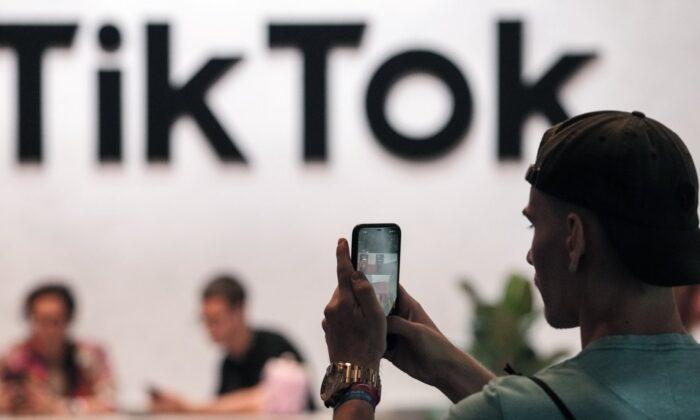After two years in which remote work has seen an unprecedented renaissance, many workplaces are returning to in-person work. But for many employees, faced with rising costs and onerous commutes, the return to brick-and-mortar offices is far from welcome.
Office occupancy, which hit an all-time low of 14.6 percent in April 2020, has slowly recovered in the ensuing years to a current rate of 43.1 percent, according to data collected by Kastle Systems.
The benefits of work-from-home for employees are obvious. For employees accustomed to long and costly commutes, the introduction or expansion of remote work at the onset of the pandemic was often a major relief from the stresses and financial costs of commuting.
With national gas prices having risen from $1.97 per in March 2020 to over $4 per gallon in many states as of writing, this commute is especially financially burdensome for the 82 percent of American commuters who drive their personal car to the workplace.
All of these benefits for employees working from home have resulted in significant inertia, which stunts many efforts by employers to facilitate a return of employees to the office.
For many employers, remote work is seen as a liability, responsible for significantly diminishing worker productivity. While 90 percent of remote workers surveyed by Owl Labs in 2021 reported that they were as productive or more productive than in the office, employers have doubts about the industriousness of their remote workers. A 2021 poll by the Society for Human Resource Management reported that 72 percent of managers overseeing remote workers would prefer their team members to be in the office.
While the long-term effects of remote work have yet to be measured in a systematic and comprehensive way, there is a lingering fear that employees accustomed to the convenience and low costs of working from home will have difficulty adjusting to the return to the office, or even quit their current jobs to seek employment from companies that will allow them to stay home during the work day.
Despite these reservations, many offices are pushing ahead with their efforts to bring employees back to work, enthusiastic for some semblance of a return to pre-2020 normalcy in the coming months.





